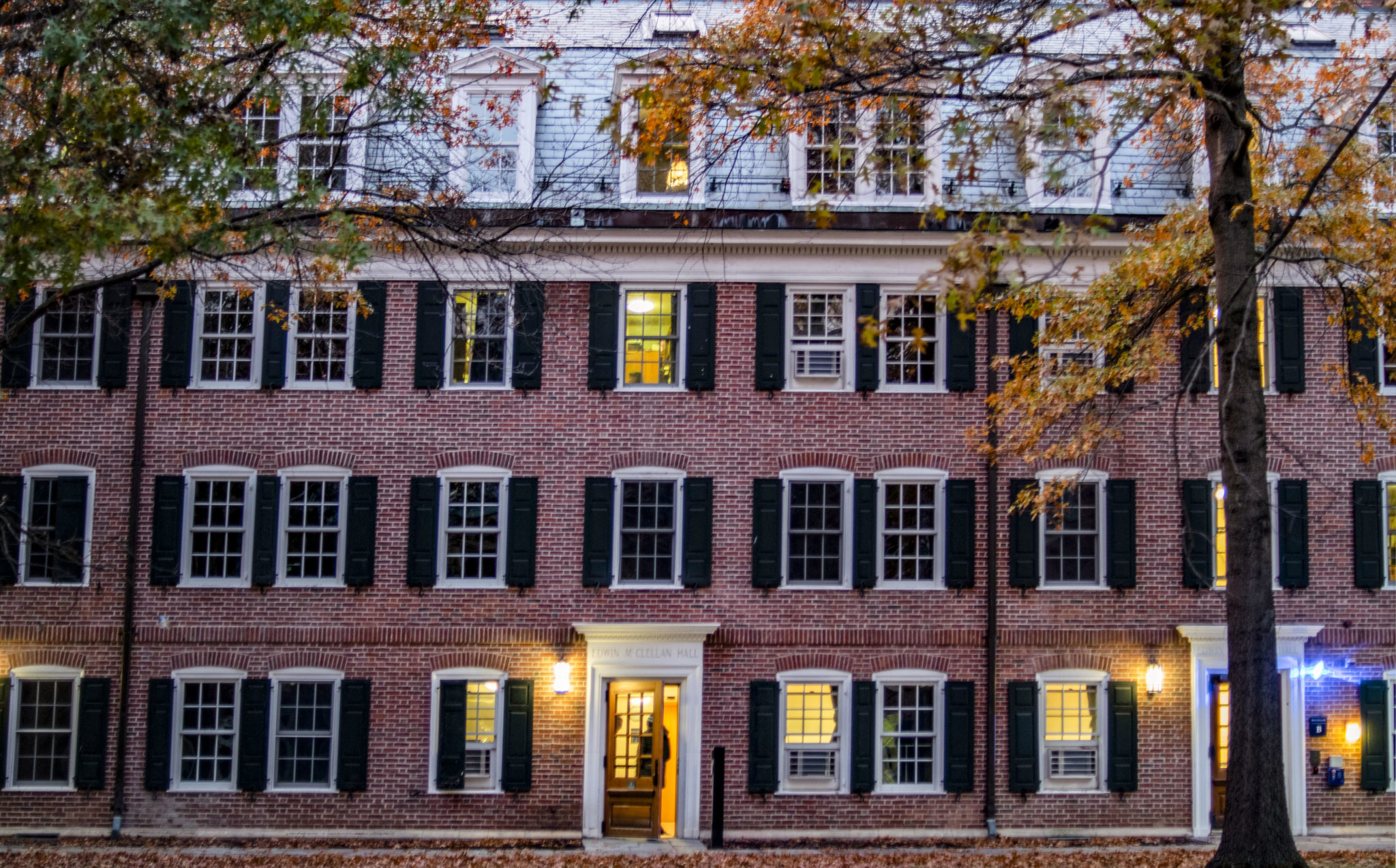University enacts isolate-in-place contingency policy as isolation housing fills
After Feb. 9, students who test positive for COVID-19 and live in single bedrooms will be asked to isolate in their rooms instead of in designated housing.

Yale Daily News
Students who test positive for COVID-19 and live in single bedrooms will likely be asked to isolate in their rooms as Yale approaches isolation capacity, Dean of Student Affairs Melanie Boyd announced in a Feb. 9 email to students.
On Jan. 13, the University announced the possibility of the isolate-in-place policy as a contingency plan should isolation housing begin to reach capacity. Now, Boyd wrote in her email, demand for isolation housing “is reaching capacity.” Beginning Wednesday night, students in single bedrooms may be directed to remain in their residences upon testing positive for COVID-19, leaving their rooms only to use the bathroom, attend medical appointments and spend brief periods outdoors in their residential college courtyards.
“One tiny advantage of a contingency plan is that we don’t anticipate any isolation housing problems if we have this plan, because, by definition, the capacity is the number of residents we have on campus,” Dean of Yale College Dean Marvin Chun told the News in an interview when the contingency plan was announced. “It will help us deal with a big constraint and make it more feasible to resume in-person operations and learning and campus activities.”
Students isolating in their residences must wear residential college-provided facemasks whenever they are not in their bedrooms, and eat their meals in their rooms, where they will be delivered. They will still be permitted to use communal bathrooms, although Boyd wrote that they would receive additional information as to how to minimize the “already low” risk of transmission in shared bathrooms.
In the past two weeks, the University has begun relaxing several of the COVID-19 restrictions imposed when students returned to campus from winter recess. Dining halls, which had previously been operating on a grab-and-go basis, reopened for in-person service on Jan. 31, and classes resumed in person on Feb. 7. The same day, the University also shifted its COVID-19 alert level from orange, which signifies “moderate” risk, to yellow, which signifies “low to moderate” risk.
With the alert level shift, Boyd announced that the campus-wide quarantine which was originally slated to end Feb. 7, would lift two days early, and intimated that restrictions on gatherings and events policies would also loosen in the coming weeks. Currently, both in-person gatherings and campus visitors are prohibited without prior approval.
“The contact tracing team has not seen any evidence of transmission in classes or dining halls; most new cases have been traced to recent social gatherings where participants have not worn masks,” Boyd wrote in her Wednesday email. “Please, wear your mask.”
In the seven-day period between Feb. 1 and Feb. 7, Yale has seen 119 positive COVID-19 tests, according to the University COVID-19 dashboard. Of these, 47 were among students living on-campus. Current case counts mark a dramatic decrease from the height of the Omicron spike in earlier January, when cases peaked at 167 in a single day.
According to the COVID-19 dashboard, 76 percent of isolation housing is currently available. This statistic, however, has remained unchanged since at least Jan. 28. Shortly before winter break, the University began assigning students living in isolation housing roommates to maximize the space. Students also reported bunk beds installed in isolation housing common rooms to accommodate additional students should isolation housing reach capacity.
Now, in Arnold Hall, Eliza Lord ’24 told the News that some of the bunk beds have been put to use. But student distribution across rooms, Lord said, is not always equal — although she has a large double to herself, the room across the hall “is a tiny double with bunk beds, and they’ve been putting two people in there at a time.”
Lord told the News that around noon each day, she received lunch for that day, a frozen dinner for that night and “a muffin or oatmeal or something” for breakfast the next day. Lord added that while she generally had enough food to last through the day, many other students in isolation had been ordering in their meals.
Students sent to isolation housing should bring their own bedding, Lord said, warning that the bedding provided by the University was uncomfortable and inadequately warm.
But Lord said that isolation housing felt populated— a departure from student reports in January of isolation housing as “eerily silent.”
“I have a suitemate,” Lord said. It’s pretty crowded. I see people in the bathrooms and stuff, and people tried to throw, like, a ‘Quarantoads’ tonight.”
Although Lord did not attend the event, she told the News that she appreciated having other people around in isolation housing, adding that she did not feel lonely.
Booster shots are currently required for students on campus.







